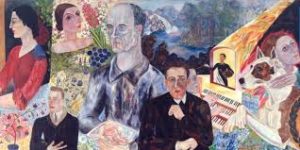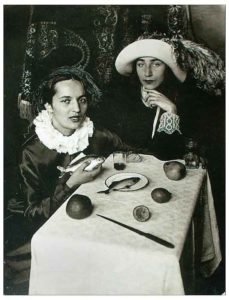She was born into a noble family. Her father was an industrialist; in his spare time, he was engaged in social activities, journalism and philosophy. The artist’s mother, Maria, was the great-granddaughter of Count Fyodor Tolstoy and was professionally engaged in opera singing. Glebova’s childhood passed in the Korotnevo family estate.
1900 - 1985
Tatyana Glebova
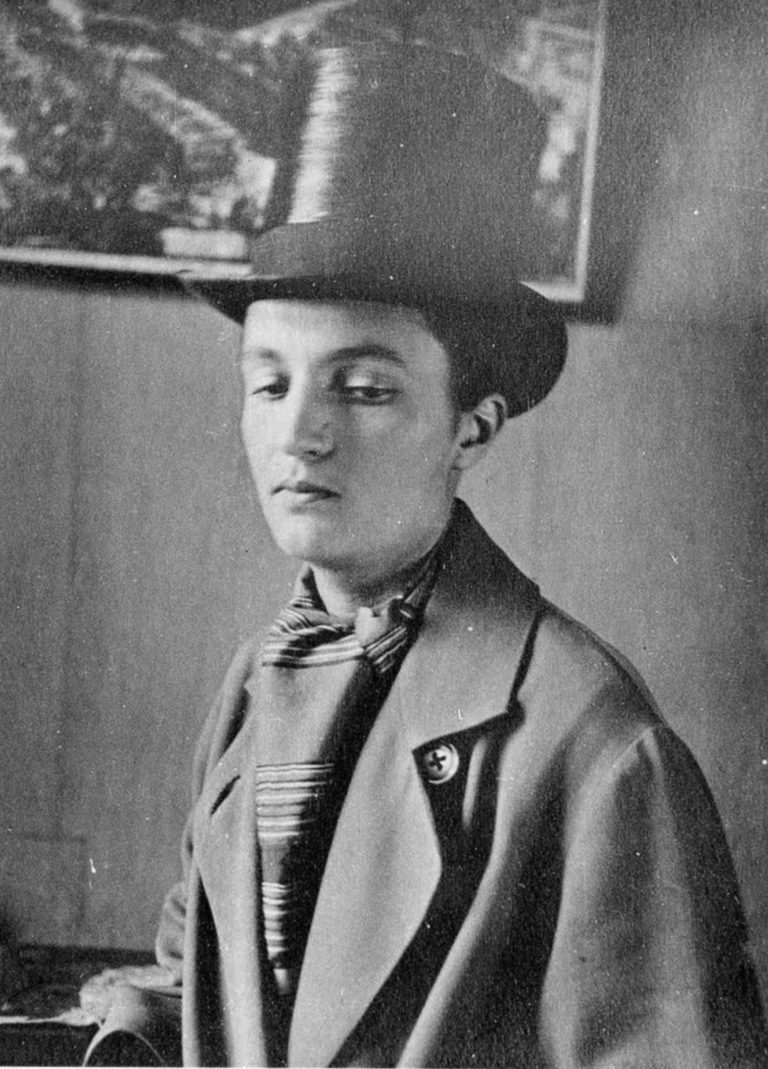
description
A Russian artist, theater decorator, illustrator and graphic artist. A student of Pavel Filonov and a follower of analytical art in painting, Tatyana Glebova was a member of the “Workshop of Analytical Art” and a regular participant in the group’s collective exhibitions. Despite the great authority of her teacher, the artist managed to develop her bright painting style, sincere and original, filled with deep images that take their roots in religious teaching and folk life.
The noble origin of the artist left an imprint on her worldview and work. This became the reason that the art of Glebova was away from the official paths of Soviet painting, and the artist’s paintings were rarely presented at major exhibitions.
Together with her husband and like-minded person Vladimir Sterlingov, Glebova became the author of new principles of painting, called the “bowl-domed space system”. According to this theory, heaven and earth are a kind of construction; they interpenetrate and complement each other, creating a single harmony of the universe. This new philosophical opinion about painting attracted many followers. The artists got students; lessons and exhibitions of contemporary artists were held at the joint workshop of the “Old Peterhof School”.
Key ideas:
– Throughout her creative career, she followed the method of analytical art formulated by her mentor Pavel Filonov. Based on the rationalist approach of the cubists, the artist created organic and vibrant paintings, the structure of which resembles the growth of a tree or the opening of a flower. In this case, the artist paid special attention to the internal structure of the object, the analysis of its true essence.
– The artist worked in small strokes with a thin brush, gradually, step by step, creating a multicoloured, as if vibrating surface. Glebova’s works usually contain a large number of small details, depicted with love and special care.
– The paintings of Tatyana Glebova have deep symbolism. In genre scenes and works on religious subjects, you can find a large number of symbolic objects, purely personal and universal.
– The artist’s creativity was always characterized by her keen interest in the personality, which reflected in her portraits. Glebova painted mainly her friends: artists, poets and musicians. She also created several self-portraits, depicting herself in various states and at different stages of life. Each portrait has subtle psychologism and a very distinct vision of the individual traits and characteristics of the person.
– Together with Sterligov, Glebova developed an original art-plastic method of painting, which was based on the idea of the special design of the Universe, in which the Earth is a cup and the sky is a dome above it. This correlation in painting was expressed using the special structure of the airspace and the depth of the flowers.
1900
1921
1924
1926
1931
1941
1942
1963
1973
1985
The birth of the artist
Moved to Petrograd
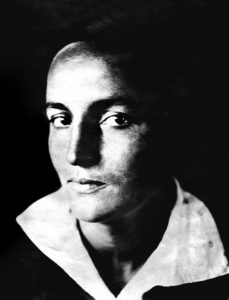
Studied at the private art studio of A. I. Savinov
Studied at the private art studio of A. I. Savinov. The girl left her studies at the Conservatory and began to paint actively. She depicted scenes from the life of the people, created portraits and still lifes. In the same year, Glebova met Alice Poret, who became her best friend and with whom they worked together on many orders.
She became a student of Pavel Filonov
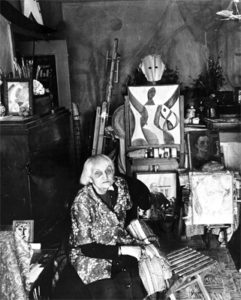
She created stage design for R. Wagner’s opera «The Mastersingers»
Together with V. Dmitriev, she created stage design for R. Wagner’s opera «The Mastersingers». The performance, which took place at the Maly Opera House, caused mostly positive reviews. Glebova continued to work as an artist of theater and cinema, created numerous illustrations for the works of classics and her contemporaries.
She evidenced the siege of Leningrad
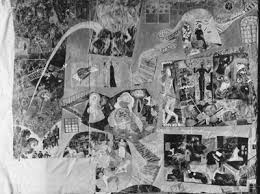
Was evacuated to Alma-Ata
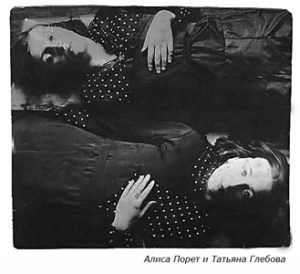
Together with her husband, she organized the Staropeterhof School
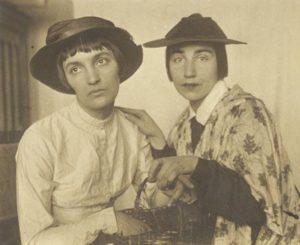
The artist worked a lot, creating mostly drawings in pastel and watercolours
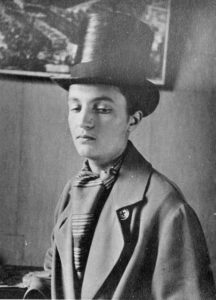
The death of the artist
Tatyana Glebova died on March 4, 1985, St. Petersburg, Russia.


